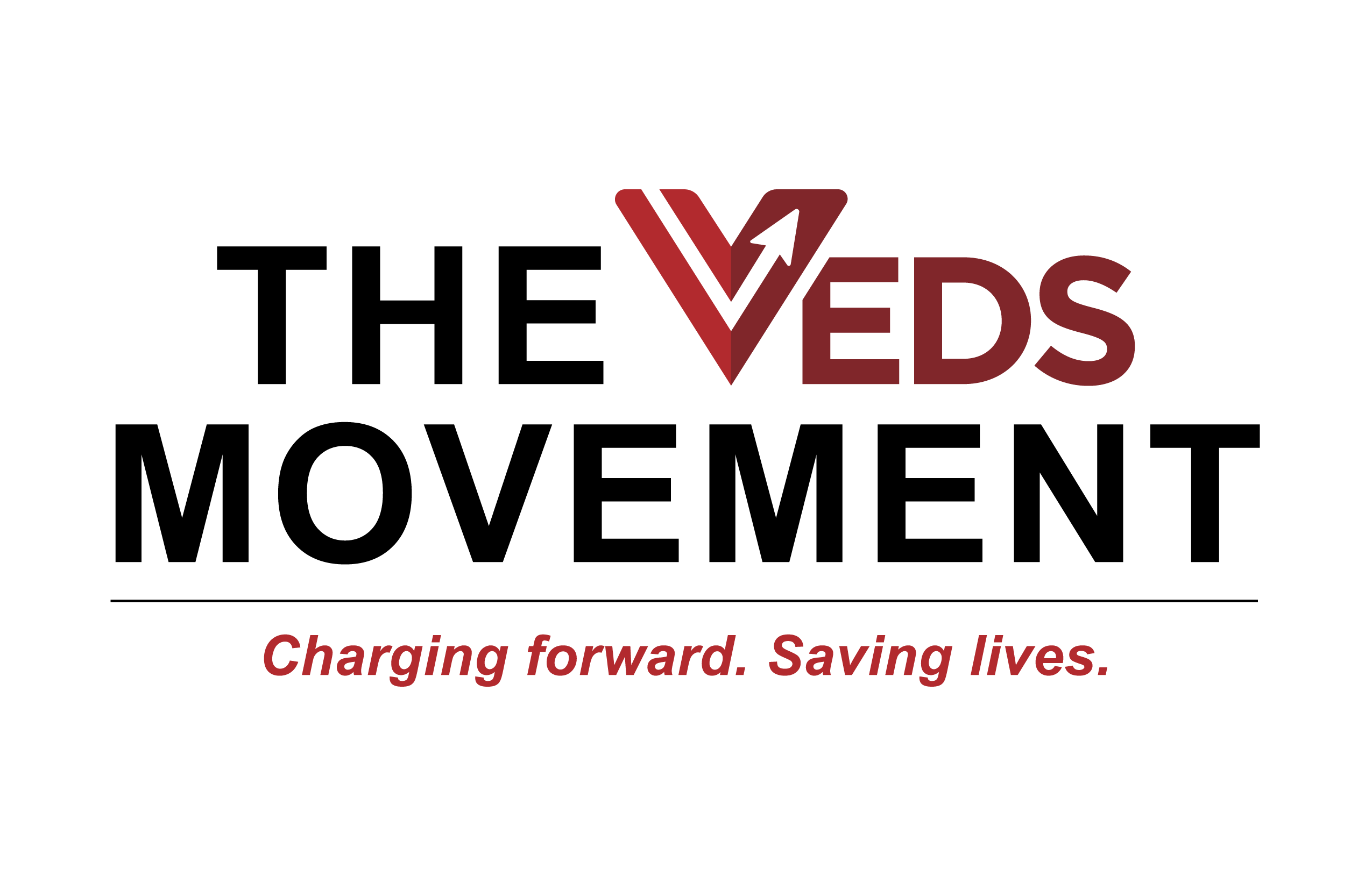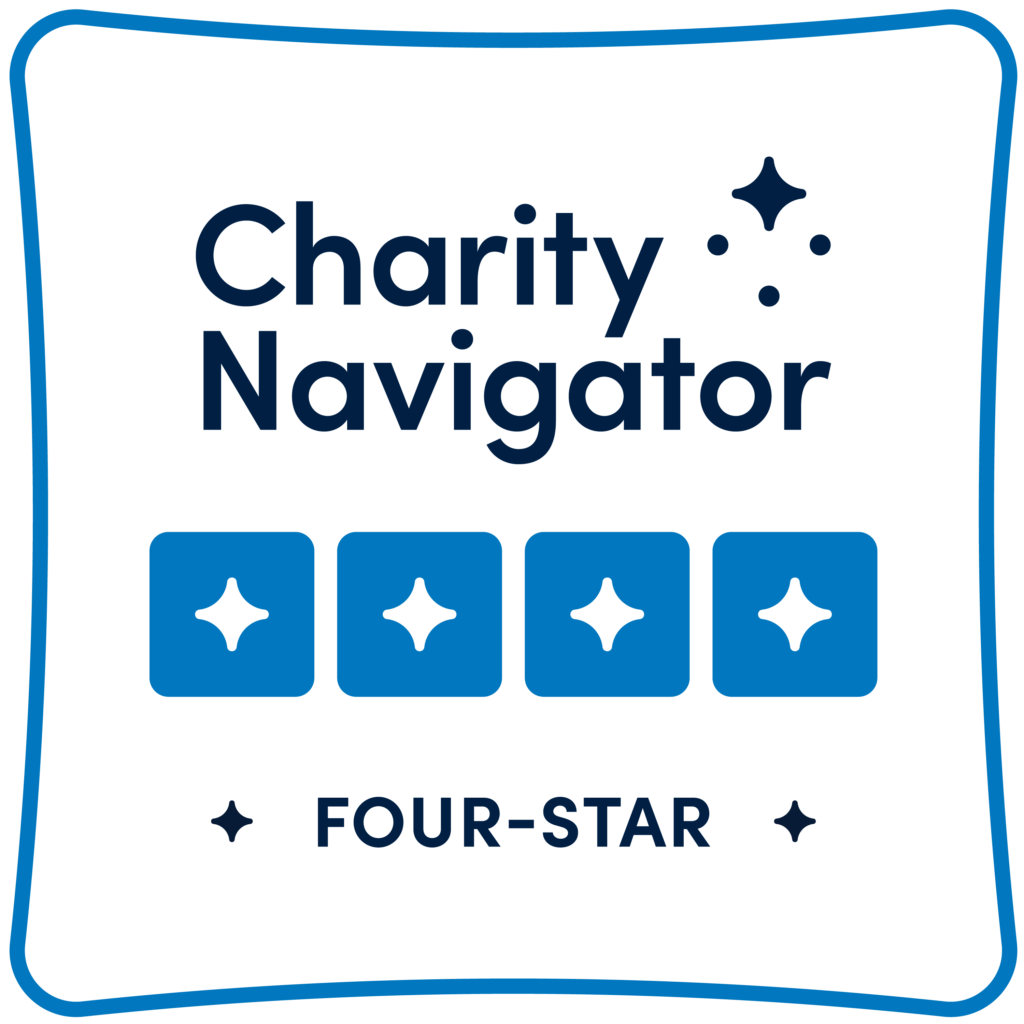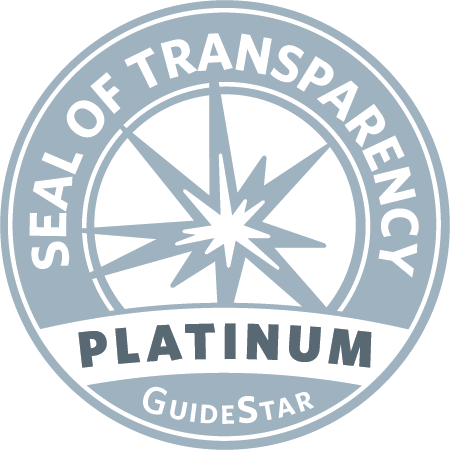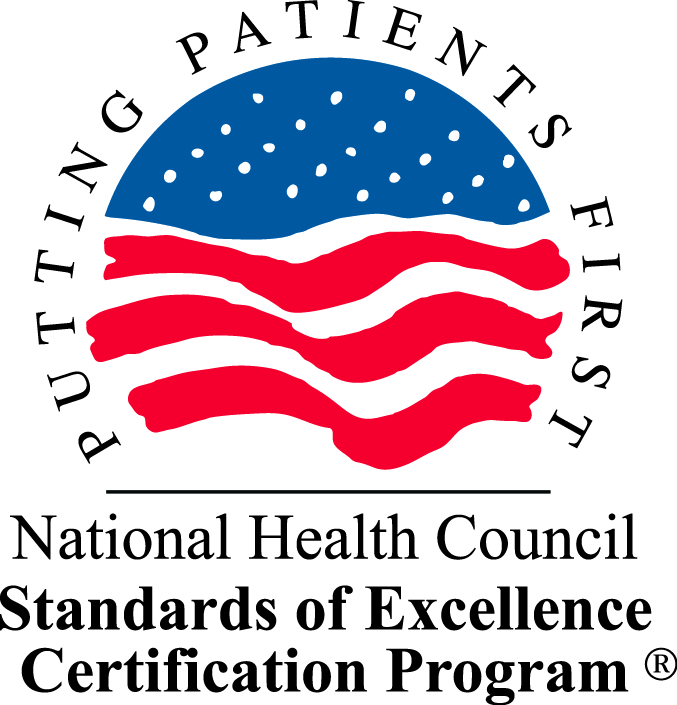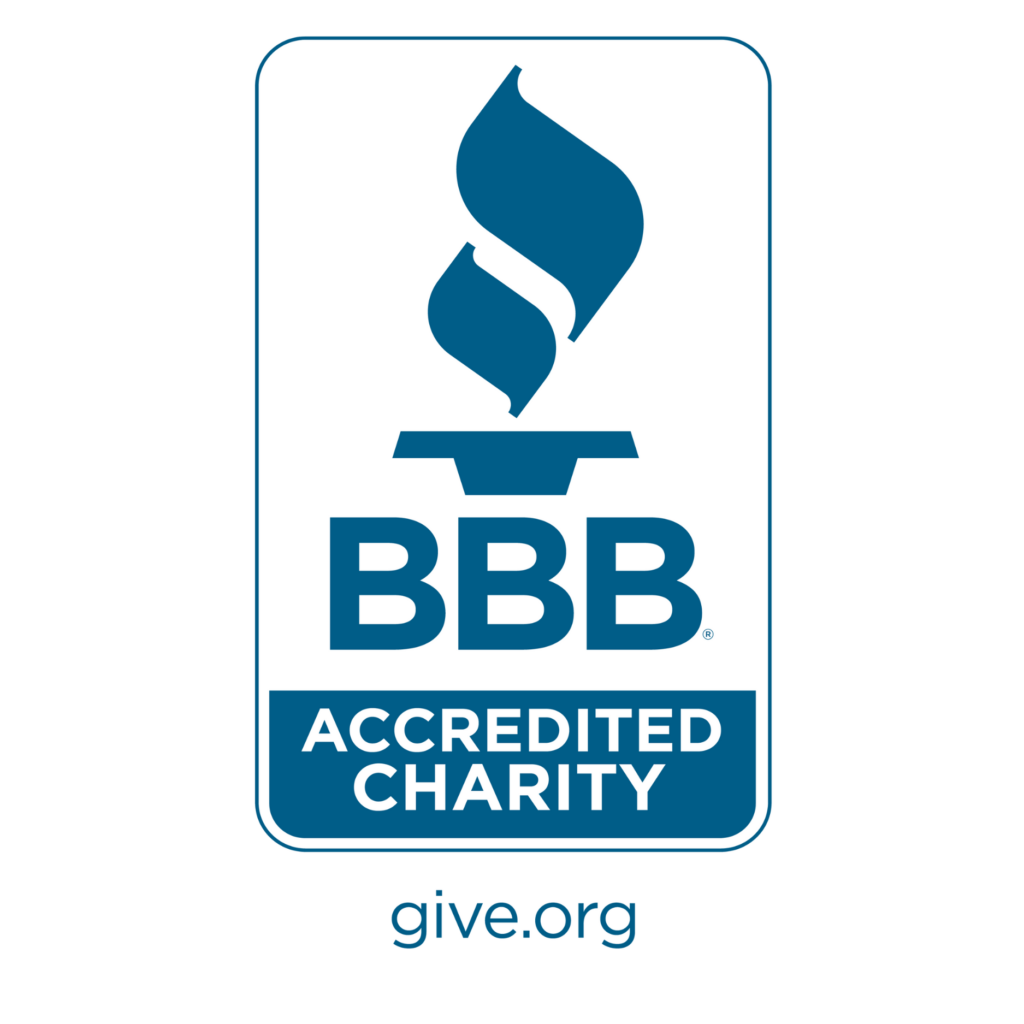What is VEDS?
Vascular Ehlers-Danlos Syndrome, or VEDS, is a genetic disorder that affects the body’s connective tissue. Connective tissue holds all the body’s cells, organs, and tissue together. It also plays an important role in helping the body grow and develop properly.
Connective tissue is made up of proteins. The protein that plays a role in VEDS is called collagen III. VEDS is caused by changes (or mutations) in the gene called COL3A1 that tells the body how to make collagen III. These mutations can result in faulty collagen III throughout the body or a reduction in the amount of normal collagen III in the body (depending on the mutation type). This creates the features and medical problems associated with VEDS.
Because collagen III is found throughout the body, VEDS can affect many different parts of the body, including the arteries, hollow organs, skin, and lungs. These systems can be prone to tear, which can be life-threatening.
Although VEDS is quite variable, people are often diagnosed when they have easy and frequent bruising that is not explained by other causes and spontaneous bowel and arterial tears or ruptures. Some people have characteristic facial features, thin skin, and tissue fragility.
What other names do people use for Vascular Ehlers-Danlos Syndrome?
Vascular Ehlers-Danlos Syndrome is also referred to as vEDS, Ehlers-Danlos syndrome type IV, Sack-Barabas syndrome, and the arterial form of Ehlers- Danlos syndrome. The VEDS Movement has adopted a capital “V” in VEDS to emphasize the life-threatening vascular aspects of this condition compared to other forms of EDS.
How many people have VEDS?
The exact number of affected people with VEDS is not known. The best estimates, which combine counts of people who have been identified by genetic testing with calculations of how well that number represents all people, suggest that there are probably between 6,000 and 8,000 affected people in the U.S., or about 1/40,000 – 50,000 people. VEDS affects people of all races and ethnic groups.

Life with VEDS
People with VEDS are born with it, but features of the condition are not always present right away. Some people have signs of VEDS at birth or as young children – including conditions like congenital clubfoot, hip dislocation, limb deformity and visible veins. Bruising may not be an issue when a baby is an infant, but it may become apparent as the child becomes mobile. When a child is seen because of bruising, a potential VEDS diagnosis is not on the radar of the healthcare professionals doing the examination, especially if there is no family history of the condition. Some children (or babies) have fewer features when they are young, and then develop features during puberty.
The risks of life-threatening events can increase with age. This makes it very important for people with VEDS to receive accurate, early diagnosis and monitoring. Otherwise, the risk for potentially life-threatening complications is greater. The earlier the diagnosis is made, the easier it is to make life-style changes and establish a care plan that can lower the risk of life-threatening complications. The majority of children with VEDS who are diagnosed before 18 years of age are identified because of a positive family history. Approximately half of the children tested for VEDS in the absence of a positive family history present with a major complication at an average age of 11 years.
Major complications in childhood are very rare and death prior to the age of 10 is less common. In late childhood, some of the facial features of VEDS become more apparent, bruising may increase because of activity, spontaneous pneumothorax (lung collapse) may occur, and colonic ruptures sometimes occur, usually in the sigmoid colon. By age 20, about a quarter of those with a known VEDS diagnosis have had a significant complication, such as bowel rupture, arterial rupture, or spontaneous pneumothorax. Some of those with VEDS may develop a prematurely aged appearance, especially on the limbs with acrogeria or old appearing hands and feet. Even with these outward features, the diagnosis is not commonly considered because VEDS is thought to be a rare condition and most clinicians have only heard about it.
Get information about VEDS in our printable download (available in English and Spanish).
